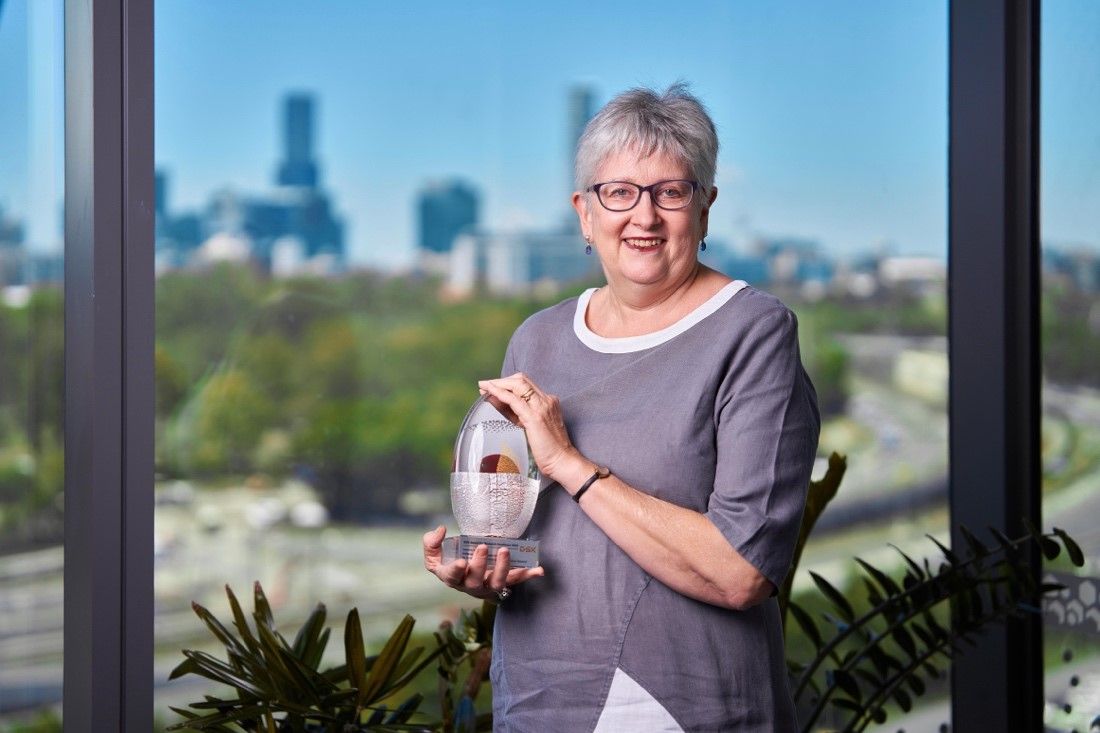The future of health monitoring is sensibles
Sensibles may sound like science fiction, but this revolutionary technology is making waves in aged-care facilities, and has the potential to transform health monitoring at scale.

Imagine a world where your fitness tracker could be replaced by something far more whimsical, intriguing, and, dare I say, magical. Picture a device that keeps an eye on your wellbeing without ever actually touching you, like an invisible guardian angel who's always on the lookout for your health.
Sounds too good to be true, doesn't it? But let me introduce you to the enchanting world of "sensibles."
You're likely acquainted with wearables, those pesky little gadgets that cling to your wrist like a needy koala, constantly reminding you of your daily exercise (or lack thereof). They tell you when you're stressed, when you need to shed a few extra pounds, and when you should probably sleep. But like any high-maintenance relationship, these devices demand attention, like charging them or wearing them even while you sleep or shower.
What if you could harness the power of something as simple as your home WiFi router to monitor your physiological signals, like heart rate and respiratory rate, without ever strapping anything to your body? It's like a return to the nostalgic days when diabetes-alert dogs would bark to signal their owners' elevated sugar levels, but with a high-tech twist.
The term sensibles may not be in your vocabulary yet, but it will be soon. They work much like the radars used by the military to track flights and space debris, by beaming radio waves into the environment and collecting data from the altered signals. This enables you to monitor something hundreds of miles away – or, in the case of sensibles, your own vital signs.
Recent breakthroughs in research have shown that Channel State Information (CSI) – a series of values containing frequency content from specific areas in space – can be utilised to monitor physiological signals. And what existing device can act as a radar to pick up these signals? Your trusty WiFi router, of course!
Radio frequency (RF) sensing is a version of sensibles that's already making waves in aged-care facilities. In these settings, privacy is paramount, and video surveillance is often off the table. This is where WiFi-based RF sensing (known as rPPG in health contexts) comes in, with its ability to sense through walls without being nosy. Miniature antennae, strapped to patients' beds, remotely monitor their vital signs and potential risks of falling.
Like any emerging technology, sensibles still have some quirks to iron out. Identifying individuals with high accuracy in the RF realm can be tricky, and closed environments with lots of signal scattering can pose challenges. Many devices remain lab-bound, waiting to be unleashed into the world.
Despite these hurdles, the advent of machine learning and AI has reignited interest in sensibles. By training models to analyse wave reflections, they can be taught to identify heart rate, blood pressure, and even glucose levels.
Imagine a future where city-wide radar systems monitor not just your health, but also that of your beloved pets. As we take baby steps toward this reality, the potential for emergency use in monitoring patients at scale and detecting vital derangements could be transformative.
After the internet, microwave ovens, and GPS, we may be on the brink of another military innovation that could revolutionise our health.
So, buckle up, because the future of health monitoring is as mesmerising and magical as it is practical.
Shiv Meka is a Principal Data Scientist at the Royal Perth Hospital.










